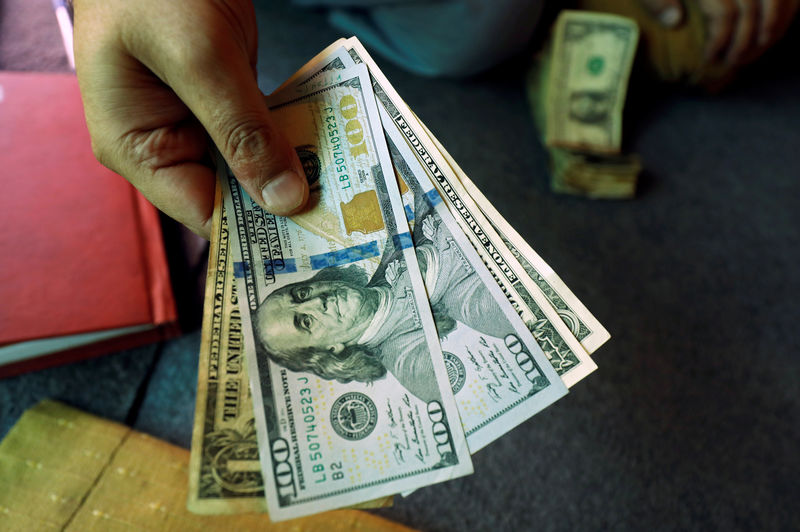Senate Republicans to challenge auto safety mandates in January - WSJ
Investing.com -- The dollar’s bull run is on borrowed time as Morgan Stanley forecasts a volatile 2026, with a sharp slump expected in the first half followed by a recovery as the Federal Reserve closes in on the end of its rate-cutting cycle.
“We forecast the DXY should fall about 5% to 94 by mid-2026, only to reverse course and end 2026 close to where it started,” Morgan Stanley strategist said, expecting the “USD bear regime” that has defined much of this year to extend into the first half of 2026.
In this bearish phase, U.S. rates are expected to keep compressing toward those abroad, helped by “three additional Fed cuts by the end of 1H, the strategist forecast, while terminal rate pricing has more scope to fall amid a softening labor market.”
The Fed’s “proactive dovishness despite residual seasonality in CPI," will likely keep the broad-based dollar weakening trend in place for longer, they added.
The inflection, however, comes in the second half of 2026. As the Fed’s cutting cycle ends and U.S. growth improves, Morgan Stanley expects “a rebound in US real rates for risk-positive reasons, pushing us into the carry regime.” This backdrop will favor "cross-trades, with risk currencies outperforming, funding currencies softening, and USD caught in the middle," they added.
As the focus shifts from directional dollar weakness to cross trades, the choice of funding currency will be a critical choice in 2026, the strategists said.
During the dollar bear phase, Morgan Stanley believes the dollar itself would remain the preferred funder "despite the relatively higher cost of carry compared to traditional funders like CHF, JPY and even EUR.” Later in the year, however, as the carry regime takes hold and the dollar’s funding advantage erodes, “total returns will favor European currencies as the key funders – with CHF at the top of that list," it added.
